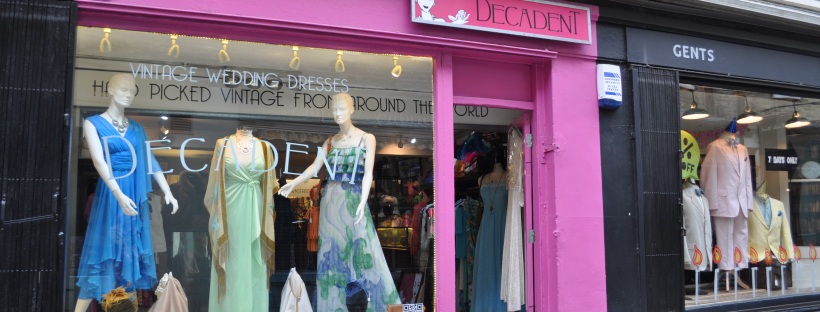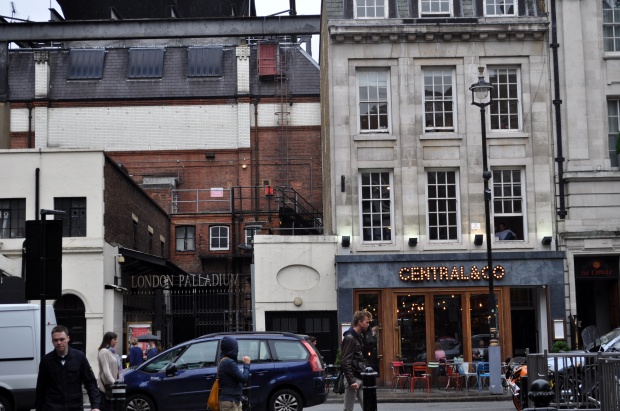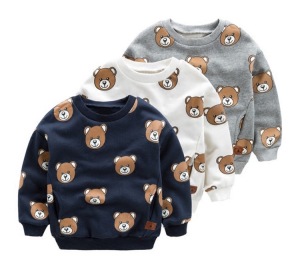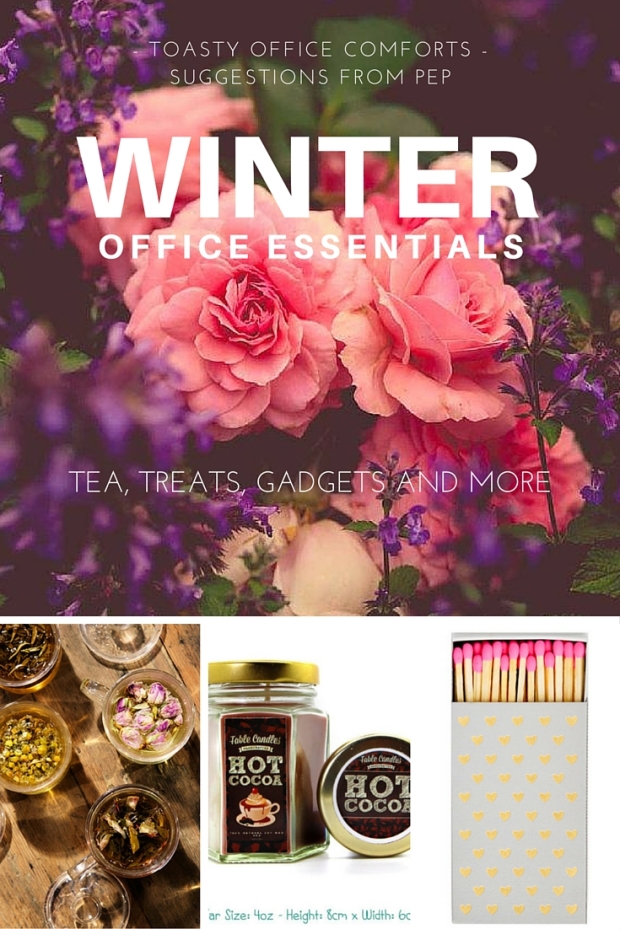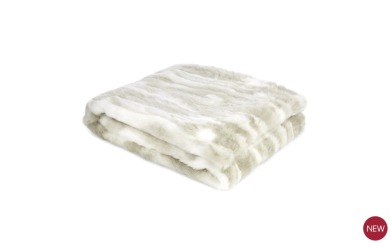
So you’ve started a small business. Maybe you make something, or maybe you provide a service. You’re a little fish in a big pond, but you have something different; you love what you do, you provide quality goods and services followed up with attentive and caring customer service. Perhaps you stay up all night tirelessly making your items from scratch, putting a little bit of your heart, soul, blood, sweat and tears into them.
You head out into the world and you advertise your product or service; at a market, at a shop, or perhaps even online, only to be met with one of these classic quotes:
- “I could get that cheaper at Home Bargains / Poundland / Aldi / Primark”
- “I could make that myself.”
- “I’d buy it but it’s too expensive / You want how much for that?”
I’m sure if you are an independent business, I don’t need to explain to you exactly how heartbreaking these sorts of comments are, but I’m sure we can all agree they all derive from a very basic misunderstanding and detachment from how we get our goods and services these days.
It’s true we live in an economy where times are tight, where we need to be careful with our personal finances just to manage meeting the rent and feeding our families, but the answer to these problems does not lie in developing an attitude that disregards anything priced higher than these discount high-street giants offer.
We need to be aware that post-recession, the media and advertising have mostly led us to believe that “cheap” is always the best option.
But we firmly believe that a thriving economy should support all price points for small, medium and large businesses if we are to pass on the benefits of these businesses into things such as wages and the quality of our goods and services.
Let’s begin our understanding of this concept by becoming aware of how places like Home Bargains and Primark are able to offer such fantastic prices:
Cheap Labour
We go on and on about encouraging the living wage, but there’s a paradox in encouraging that but refusing to pay more for our goods and services. Labour is one of the most expensive costs to a business, so the first way many businesses cut their costs is by hiring people at minimum wage, on zero hour contracts. You might argue that many of the larger discount retailers we know are starting to offer the living wage, but they still have to procure those profit margins somewhere, even if it’s not through their UK staff, cheap products don’t grow on trees. Whether it’s poor working conditions and high production targets for badly paid workers overseas in factories, or raw materials gathered in appalling conditions, the price tag is paid for.
End-Of-Line, Mistakes and Mis-creations
I learnt an interesting fact a few years ago; if you believe the stock sold in designer outlets is the same stock sold in the main designer shops, just at a cheaper price point, you’re slightly wrong. Often the stock sold in places like TKMaxx is sold to them at discount prices from the factory because it is damaged or has a production flaw or error. For example, you might find on a dress the print is slightly faded in one area, a few seams aren’t finished to a high standard, or the material isn’t as nice as it could be. When a brand receives products that don’t meet their standards from a supplier, they don’t always dispose of them – why should they when they can still make a small profit selling that stock to a discount retailer?
Take a closer look at stock in designer outlets and you’ll find tears, missing buttons, broken zips and more.
Did you know that sometimes stock in these places are specifically produced to appear in these discount stores? They’re purposefully made with cheaper fabrics and less attention to detail, so you have a similar product which didn’t cost as much to produce.
And finally, the homewares you find that look nearly new in discount high street stores? They’re often the things that didn’t sell with other retailers. Rather than get rid of them again, they sell them on at a discount, and recuperate some of their potential losses. Simple human psychology suddenly thinks the thing we wouldn’t buy ordinarily is a must-have, just because of the price.
Quality Standards
When you buy from an independent designer, you’re not just paying for an item, you’re paying for everything that went into that item. Let’s take a dress for example. Buy from an indie designer and you’re paying for their fashion design degree, the countless hours they spent learning their craft, the carefully sourced fabrics, the attentive measuring to make the item perfectly your size, the mistakes they made and spent hours rectifying just to ensure you bought the highest quality product.
They take into consideration their business overheads, their materials and supplies, their hourly rate, and a mark-up to cover that and a small profit.
If you buy from a high-street chain, you’re paying for a small team to come up with a capsule of simple designs that are profit-focused. They don’t care too much that you love or suit certain designs or shapes, but they do care that Kendall Jenner is making crop-tops a must-have for teenagers, and that they’re about to sell hundreds of thousands of copies. They make a few designs and have them mass produced by a factory with cheap labour. They choose the lowest possible cost fabric that will still lead to a sale, and they don’t consider the little finishing touches that will make the item the product of a true crafts person.
These people are in the business of creating disposable fashion. It doesn’t matter to them if your dress falls apart and fades after 5 washes, because by then the next trend will be in – in fact it’s beneficial if it doesn’t last the test of time, because you’ll need to spend more money with them buying a new one.
Granted there was less of this before the recession, but try this – if you have any items at the back of your closet from years ago, go ahead and feel the fabric, and compare it to items you see on the racks today. What was once soft man-made chiffon has now become scratchy and coarse with little drape. Economics has taken over fashion.

Ripped Off Designs
Money doesn’t always buy you talent, but luckily for chain high-street businesses, indiepreneurs often foolishly post images of their work online without watermarks (perhaps because watermarks are unsightly when you’re trying to sell something.). Another point to keep in mind when shopping with discount businesses is sometimes they drop another cost by not hiring expensive, talented designers, and instead hiring people adept at rehashing the latest designer collections, or slightly editing an independent design just to avoid a legal dispute.
Luckily for larger businesses, even when there is a legal dispute, indie businesses don’t have the money to protect their designs with high-cost lawyers in expensive legal battles. If you’re thinking about becoming a more conscious shopper, consider the hard work that goes into design – yes you can get it cheaper at ‘insert name here’, but that’s because they stole the design from the more expensive item.
But of course quality isn’t the only reason that larger chain stores can offer prices unachievable by small businesses…
Why You Shouldn’t Expect Small, Independent Businesses to Meet High-Street Prices

Budget and Advertising Budget
An Indiepreneur starts a business – they have a great idea, and a great business plan, but they don’t have years of business experience to ensure confident financial backing. Often all the finance that is available to them lies in small bank loans, start-up loans and their own personal savings.
When a larger business is started it comes with deals, statements of intent from large suppliers, financial backing on a huge scale from investors and a lower risk of failure. This instantly gives larger businesses access to better deals with their suppliers and the ability to work with factories for large scale production, or work on buy-now-pay-later credit. They can throw an enormous amount of money into an advertising campaign – not one that simply shows adverts on TV, but one that pops up around the internet when you’re browsing, is endorsed by your favourite bloggers and celebrities and is written about in the papers – most ‘studies’ that prove certain things reported on in the media are actually PR campaigns funded by companies.
Independents usually only have social media to work with and spend large percentages of their budget on advertising, that sometimes might not even work as well as promised (ahem, Facebook promoted posts!).
Awareness of your buying habits lies in taking advertising into consideration. Is the cheaper item really better, or are you just being told it’s worth it by advertising and media?
Economies of Scale
Economies of scale are when you buy more of something, the cost per unit goes down. Suppliers often do this to give businesses rewards for making more purchases with them. Larger businesses can buy huge amounts of supplies for their products and use something called ‘purchasing power’ to influence the pricing of suppliers goods too – let’s take a look at the drama over the price of milk to see how this works:
Supermarkets buy more milk than any other business. They are the main customer for milk farms, and often their wholesale purchases will be the income that keeps the farm business viable and running. That’s what gives them tremendous power and influence over the industry – the milk farmers can’t afford to lose their biggest customer, so when the supermarkets keep threatening to stop buying if they don’t get cheaper prices, they milk farms are left with few alternatives.
Indie businesses don’t have this power (and because of their conscience, I think most hope they never do!) so they can’t negotiate unfair supplier prices. They pay a price that’s often fair to the supplier too, keeping the supplier in business and happy.
Brand Trust and Awareness
Is Costa’s coffee really that good? Do McDonalds actually do great burgers? Are Aunt Bessie’s Potatoes actually made by a wholesome old lady rather than at a factory with a few preservatives thrown in for good measure?
We’ll leave you to make your own mind up on that one, but the point we’re trying to make here is that independent businesses don’t benefit from the same brand trust and awareness as larger ones. Some brands have such good marketing that they’ve become synonymous with certain products, case in point that sometimes we say ‘let’s go get a Costa’ rather than ‘let’s go find a nice coffee’.
Perhaps we’re lazy and so busy we need our decisions made for us; we don’t always have time to trawl side streets for the best independent coffee shops, but we do know for a fact that for a reliable, consistent price we can get a reasonably good coffee from Costa quite quickly with usually good service.
When you shop with an unknown independent it’s true you’re taking a risk, but should that put you off? Spend a little time doing a little research, and the rewards might be great. Besides, you have reviews and recommendations to offer a little reassurance, if only you give them the time of day.
This article by no means wants to vilify you for shopping with major discount retailers, but it does ardently encourage you to shop thoughtfully. If you want to see better high-street shops with more variety or if you want to encourage new independent businesses to keep things competitive, consider shopping small every now and then.
If we reach the stage where it becomes the norm to buy low-quality goods and replace them when they break within a few months, or we expect badly-run call centres at the end of every customer care hotline, then we only have ourselves to blame. At the moment those concerned with profits over quality have little to worry about, they have no competition if we have adopted a culture of ‘cheap is always better’.
So next time you are perusing a small business, remember what you’re actually paying for – hours of quality control, the best quality materials, the skills of a craftsperson, the knowledge of an expert, the one-to-one dedicated customer service, the rising costs of business overheads for a small business and quite importantly, the wages of the person who runs the small business, and the wages they pay their employees – money which often goes back into the economy, to be spent on other small businesses and a more conscientious culture.
And perhaps this article is a little bias… but trust me, small businesses need all the free PR we can get to compete!





